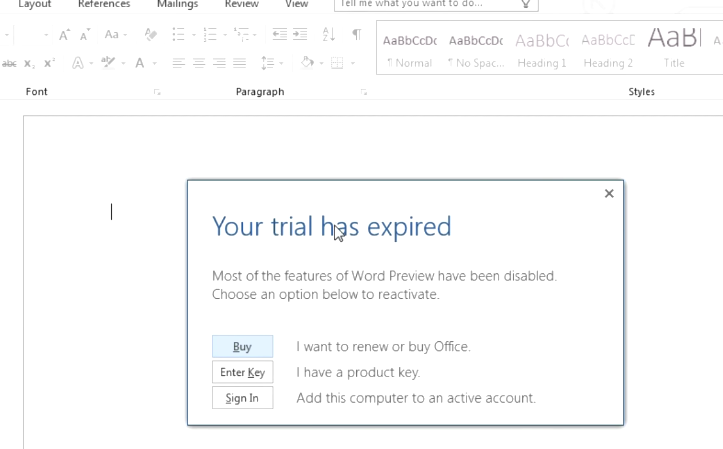
- #On a computer running microsoft non core how to#
- #On a computer running microsoft non core full version#
- #On a computer running microsoft non core windows 10#
#On a computer running microsoft non core windows 10#

#On a computer running microsoft non core how to#
Whilst going through the whole process, there was a lot of documentation on how to install Windows 10 on the Raspberry Pi and get started, but various links and errors led me astray at times. It was nice to try out an alternative method to developing for the IoT. If you’re a developer that is used to Unix based systems, JavaScript, Node and Arduino-style “Wiring” code like myself, it’s going to be a bit of a learning curve.Īpproaching this whole endeavour from a non-Microsoft focused development background made this a challenge but also quite an interesting experience. If you’re a developer who wants to get involved with the IoT and you are used to the Microsoft development ecosystem (C++ or C#, Visual Studio, Win32 Console, Azure… etc), Windows 10 IoT Core is exactly what you’re looking for. I had a very strong urge to give this OS a test drive and see what it’d be like, so I got out my Raspberry Pi and installed it!
#On a computer running microsoft non core full version#
It is not a full version of Windows 10 by any means, instead it is focused on powering embedded systems.

Windows 10 has a slimmed down version called “Windows 10 IoT Core” focused on the IoT. It has been the week that Windows 10 was officially released worldwide and there was one aspect of Windows 10 that I was especially intrigued by – the world of the Internet of Things (IoT).


 0 kommentar(er)
0 kommentar(er)
